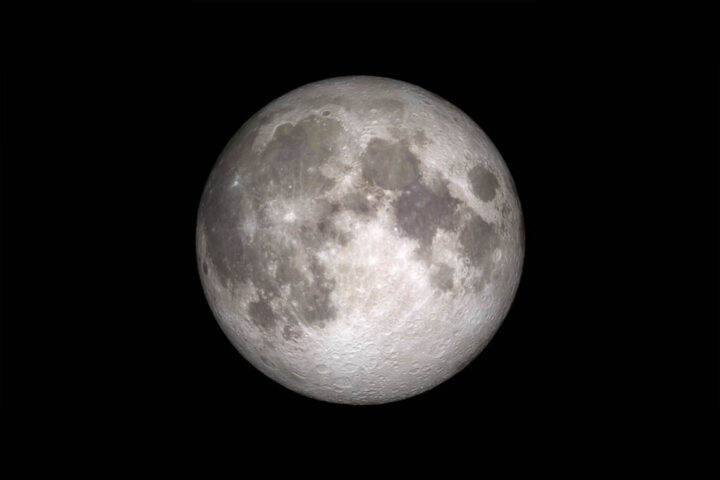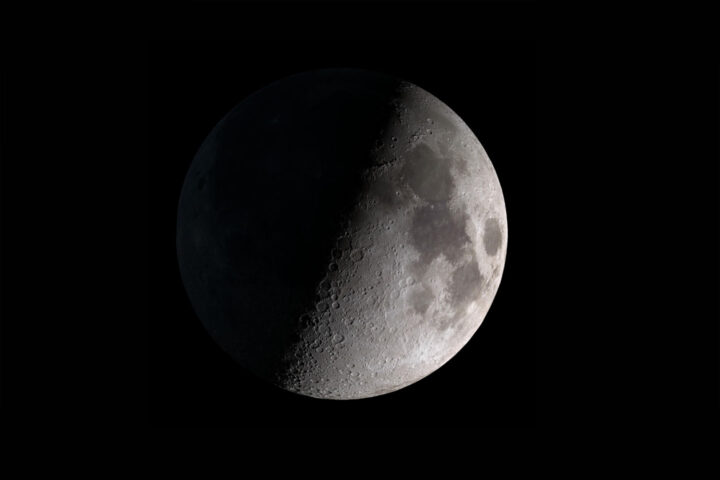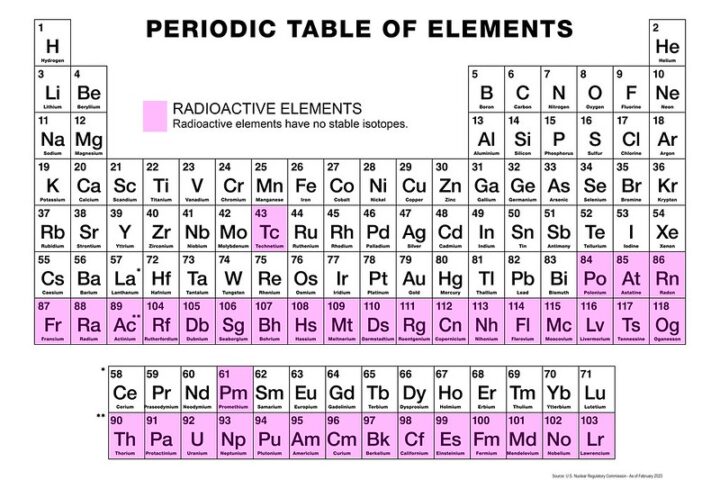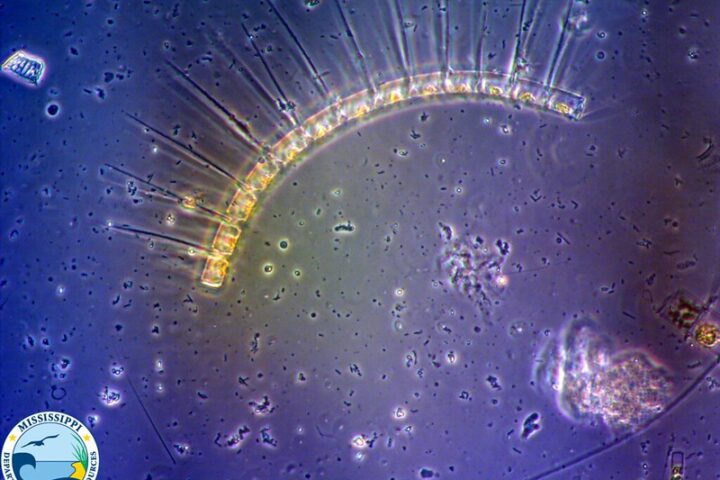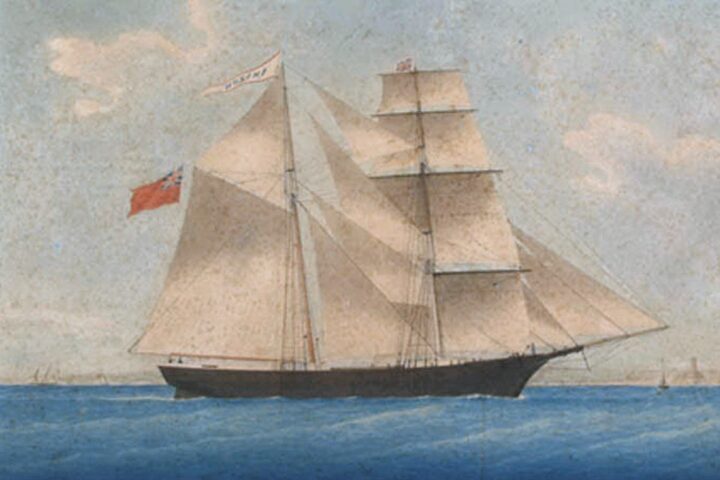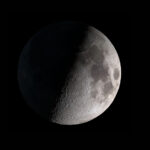Source: Flickr_future-space-telescopes-after-jwst
When you look into the night sky (if your city has a clean and unpolluted environment), you see plenty of twinkling stars in the sky shining alongside the moon. Once in a while, the milky way is also visible. All of this looks very beautiful, no?
What if I tell you this is not even 0.01% of the amount that’s actually out there? There’s so much more out there in space which isn’t visible to our human eyes- our atmosphere acts as a barrier between us and this beautiful scenery. This couldn’t stop our curiosity though. Hundreds of generations of our species have looked up to the night sky and wondered about what lies out there. And progress in technology has helped out greatly in this regard.
Today, we have telescopes like the JWST and Hubble which have sent back stunning images of interstellar objects and phenomena which wowed the socks off of everyone who saw them. They are just the beginning though. There are many more space projects which are currently being made for launching and researching about space.
Xuntian (2025)
China is currently working on a project which has two major goals- increasing the use of the country’s space station and also boosts the astronomical research being conducted there. The project involves the construction of the Xuntian, a spacecraft also known as the Chinese Survey Space Telescope (CSST). The name literally means ‘survey of the heavens.’
It is scheduled to be launched in 2025 and is a bus-sized telescope made with a two-meter diameter primary mirror. Like I said earlier, light from outer space lies in the visible spectrum and we can’t see outer space because of it. The CSST is an ultraviolet-optical telescope which will be making its orbital rounds along with the Tiangong space station, and is planned to be up there for 10 years.
The Chinese explain that their telescope is designed to outdo the Hubble telescope and do a deep field survey of an area of 17,500 square degrees.
ELT (2028)
Other than China, the European Southern Observatory (ESO) is also constructing the Extremely Large Telescope (ELT) on the Cerro Armazones Mountain in the Atacama Desert in Chile. It’s going to start operating and see its first light probably by 2028.
Photos of the construction were taken in June 2024 and people could see that a cladding was getting installed on the outside of the dome. This dome encloses the world’s largest telescope inside it and its protective layer provides support for the primary mirror. This layer also acts as a thermal insulation barrier for weather resistance against the desert’s environment.
Its aim is to look out for exoplanets outside our solar system and the earliest galaxies formed after the Big Bang. These are its two primary tasks amongst other future endeavors.
LISA (2037)
The third item on our list, LISA is a project undertaken by NASA to study the gravitational waves.
LISA, the Laser Interferometer Space Antenna is going to be the first gravitational wave observatory based in space which will be an addition to our ground-based observatories. It’s expected to launch in 2037 and will include three spacecrafts separated from each other by a distance of 2.5 million km in between them.
Ground-based observatories like LIGO and KAGRA use lasers to detect the ripples in spacetime which are the gravitational waves which reach us from far away in space. But these ripples are extremely tiny and faint which is why sometimes they are not even detected by the strongest detectors on Earth. This is why LISA is going to space where it can study these ripples properly.
AstroSat-2 (TBD)
After the AstroSat and ChandraYaan, ISRO is now wondering if a new project should be launched for further studying about space. AstroSat was launched in September 2015 which had a design life of 5 years. It worked well and helped ISRO scientists compile enough data and information about outer space.
Now, they are thinking of AstroSat-2 which is going to serve another advantage- a space observatory is going to help observe distant planets, galaxies, and more. It’s not going to suffer because of problems like light and air pollution. Another unique fact about the AstroSat missions is that, with just a single satellite, it enables the simultaneous multi-wavelength observations of the objects out there.
FLUTE (TBD)
FLUTE, short for the Fluidic Telescope, is a joint venture project being led by NASA and Technion- the Israel Institute of Technology. It’s going to be made with huge circular self-healing mirrors to collect more light- the bigger the mirror, more of the light it collects. And more of the light it collects, the farther astronomers can see into space.
Prior to this, the James Webb Space Telescope also included big 6.5-meter aperture mirrors and had to be folded up all origami style to fit inside the rocket! For FLUTE, researchers are aiming for a 50-meter diameter alone. This makes it half the size of a football field!
These are but a few projects being mulled over for scientific developments in regards to astronomy. There will be many more in the future. If this article aroused your interest in this field, keep an eye out for news like this!
Resources
- David, L. (2023, October 4). Chinese astronomers say their new space telescope will outdo Hubble. Space.com; Space. https://www.space.com/china-space-telescope-xuntian
- Mathewson, S. (2024, July 27). World’s largest telescope continues taking shape on Chilean mountain (photos). Space.com; Space. https://www.space.com/worlds-largest-telescope-elt-construction-photos-june-2024
- LISA – Laser Interferometer Space Antenna -NASA Home Page. (2024). Nasa.gov. https://lisa.nasa.gov/
- ESA Science & Technology – LISA. (2020). Esa.int. https://sci.esa.int/web/lisa
- Singh, S. (2018, February 18). Isro plans to launch India’s 2nd space observatory. The Times of India; Times Of India. https://timesofindia.indiatimes.com/home/science/isro-plans-to-launch-indias-2nd-space-observatory/articleshow/62975636.cms
- News18. (2021, September 28). AstroSat-2: ISRO Mulls Developing Next Generation Astronomy Satellite. News18; News18. https://www.news18.com/news/business/astrosat-2-isro-mulls-developing-next-generation-astronomy-satellite-4257878.html
- What is the Fluidic Telescope? – NASA. (2023, April 27). NASA; NASA. https://www.nasa.gov/science-research/astrophysics/what-is-the-fluidic-telescope/
- FLUTE Project | Bercovici Fluidic Technologies Laboratory. (2022). Fluidic Tech Lab. https://www.fluidic.technology/flute


